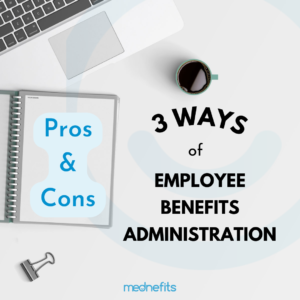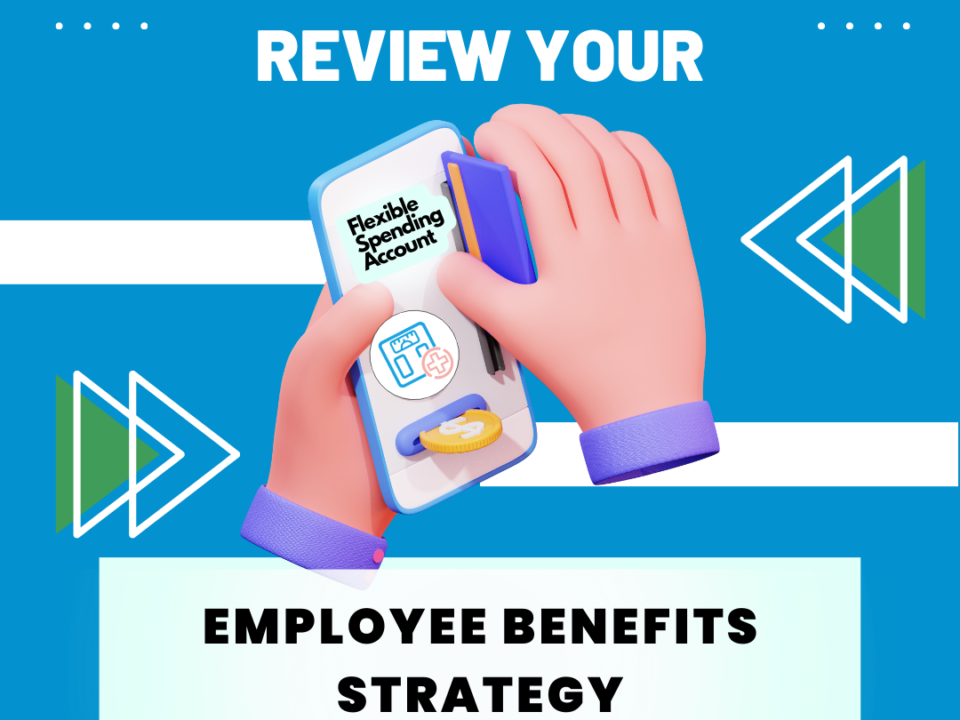
How can SMEs get the most from their employee health benefits?
January 12, 2020Is reimbursement the right option for employee benefits?
Employee Benefits
Is reimbursement the right option for employee benefits?

Reimbursement refers to when employers set aside sufficient funds to ensure that employees’ consultation fees can be covered. For instance, employers set aside $300 for each employee in the company. The employees foot the bill upfront when they have visited a company-approved clinic before submitting the receipt to HRs and wait to be reimbursed.
Rather than purchase an outpatient insurance package which covers various healthcare benefits and settles most claims for HRs, the reimbursement model allows companies to have full autonomy.
For millennials currently in the workforce, a survey by OCBC found that 79% of employees believe that employers should adapt more to the needs of employees. It is evident that many young employees wish for a more flexible and personalised healthcare coverage plan. In this article, we examine the strengths and flaws of the reimbursement model.
Why do companies choose reimbursement?
1) Better cash flow
One huge consideration when purchasing an insurance package is the payable premium. Often, insurance companies charge a high premium but employees may not fully utilise the medical benefits. As such, this underutilisation appears to be a waste of money.
Instead, if companies are able to track how every cent has been spent, it would offer greater transparency. Additionally, without having to pay premiums, the extra amount set aside for employee benefits (that would have otherwise become profit for the insurance company) can be used to invest in other areas of the company. In the long term, these additional funds can be saved for rainy days or to provide a wider range of benefits.
2) Flexibility for employees
Many companies now have a diverse workforce and it is difficult to cater to the various needs in one insurance package. By choosing reimbursement, the company can choose to provide the opportunity for employees to customise their own healthcare benefits.
Insurance packages are targeted towards those who are ill. Since individuals only receive reimbursement for their medical claims when they fall ill, employees who stay healthy do not enjoy their supposed employee benefits.
Funds for reimbursement can be used for a range of benefits beyond basic healthcare (such as TCM or even fitness classes). This keeps more employees happy and productive at work.
What are the cons to reimbursement?
1) Lack of corporate rates for health services
Companies using the reimbursement model pay the standard walk-in rate when they visit healthcare providers. Corporate rates can help companies save up to 50% on every visit. Due to the small company size of many SMEs, they are unable to negotiate corporate rates with the healthcare providers and lose out on the potential cost-savings.
2) Poor user experience
Besides the lack of corporate rates, employees would first have to pay the medical fees using their own money. Thereafter, they submit a claim manually with the receipt. In the event when everyone in the company is busy, the employee or HRs might forget or lose the receipt. The employees then have no choice but to forfeit their reimbursement and results in poor user experience.
3) Additional counterproductive work for HR
Companies would have to rely on their own staff to manage claims submission and approval. More often than not, HRs are responsible for all these paperwork. Without technology to help them, this tedious and time-consuming process could force HRs to divert their attention from more important work.
The reimbursement model leads to plenty of inconveniences and is therefore not suitable for every company. As such, it is important to understand the pros and cons of every possible route and its consequences. If you would like to find out more about other strategies of providing employee benefits, you can check it out here.
About Mednefits:
Mednefits helps businesses take care of their employees with its automated, affordable, and accessible employee benefits platform.
Request to join Mednefits for free to help process and track claims in real-time, while controlling costs.







